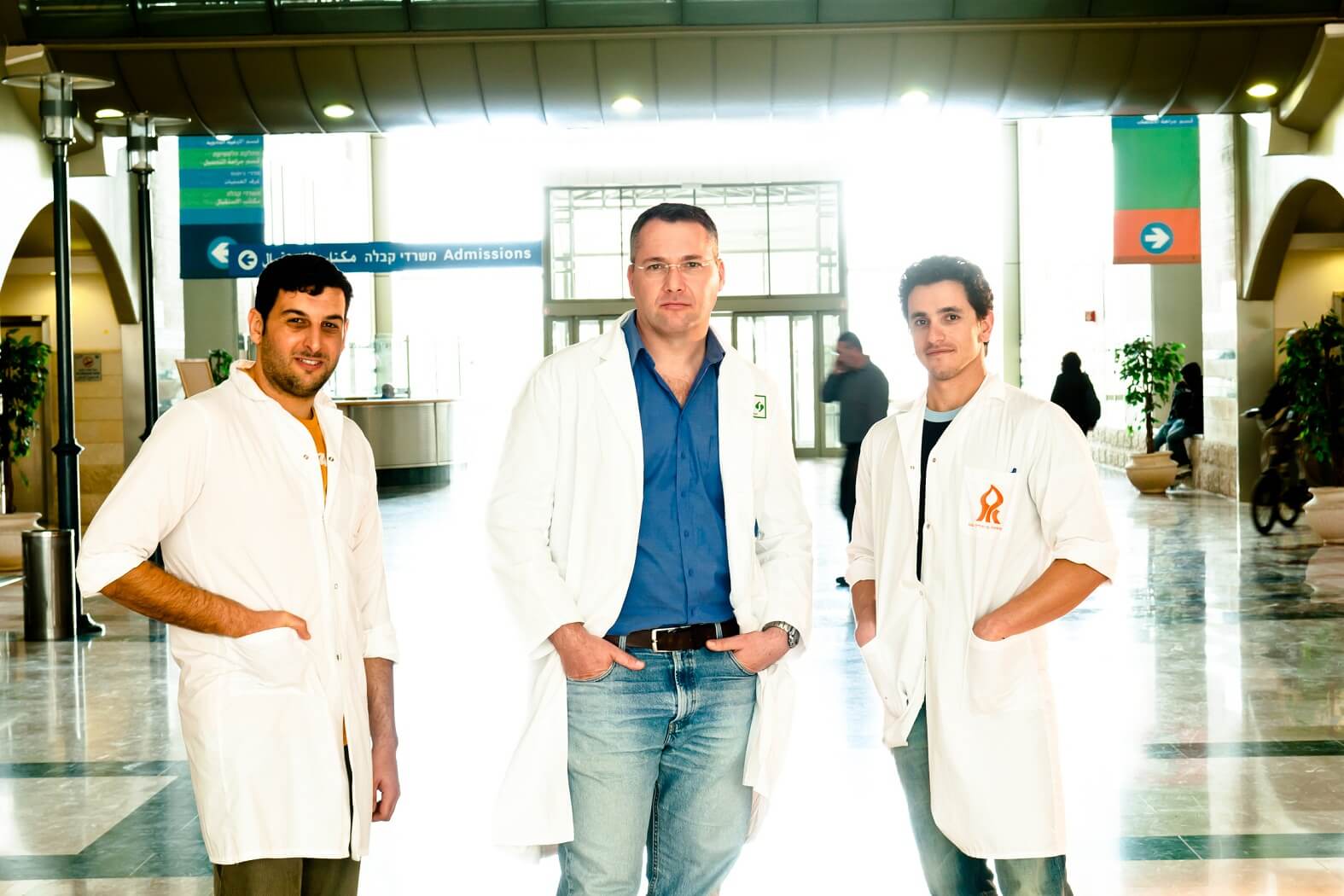A new study at Ben-Gurion University of the Negev gives hope to diabetic patients, with the help of new findings in trials of transplanting healthy pancreas parts into diabetics

A new study at Ben-Gurion University of the Negev gives hope to diabetics, with the help of new findings in trials of transplanting healthy pancreas parts into diabetics. Eyal Ozari's research group, which includes Mark Mizrahi and Galit Shaf, under the direction of Dr. Eli Lewis from the Faculty of Health Sciences at Ben-Gurion University of the Negev, recently published the results of the research in an article, which was deemed worthy of inclusion as the opening article of the prestigious journal The Journal of Immunology ((featured article.
In this study, the researchers continued to delve deeper into previous findings from the laboratory related to transplants of healthy pancreas parts in diabetic patients. In the original study conducted by Dr. Lewis and his team in 2008, cells with an important and early role in the immune system were examined, which includes collecting foreign molecules and presenting them to the immune system in the lymph nodes adjacent to the transplant event. These cells are called dendritic cells. The group found that the dendritic cells undergo a unique change in the presence of a natural substance in our body; According to the findings, the protein alpha-1-antitrypsin (AAT) brings with the help of these cells an increase in the amount of regulatory T cells (protective T cells) and thus helps in the absorption of foreign implants such as pancreatic islet implants in diabetic patients. According to the original finding, the dendritic cells demonstrate a transition from a stationary state (immature) to a state of partial activation (semi-mature) in the presence of the AAT protein, instead of a state of full activation (mature) characterized by their ability to guide the immune system towards an effective attack against the transplants.
At this stage, a critical question was asked: are the dendritic cells in their partially activated state able to migrate towards the lymphatic organs at all? After all, if they do not migrate to these nearby sites, it will not be possible for them to change the direction of the immune system to accept or reject implants.
The research group found an unexpected answer to this question. In attempts to migrate dendritic cells in a variety of systems, both in the plate and in animals, a fascinating phenomenon emerged: in the presence of the AAT protein, the dendritic cells are not only unaffected in their migration, but they migrate in an accelerated manner! For example, when a piece of skin from a genetically modified mouse with green fluorescent light was transplanted, the green dendritic cells appeared in the draining lymph of the transplanted mouse in double the amount than in the control group at the same time point. The agile migratory cells were sampled from the lymph node and examined in a targeted manner, and thus it was discovered that the cells showed a profile of partial activation and an increased intracellular content of anti-inflammatory substances. The mechanism behind the phenomenon was found to depend in part on the expression of a migration molecule in these cells (CCR7), which usually depends on acute inflammation to be expressed, such as occurs when a foreign agent invades our bodies. Here, the CCR7 molecule is seen floating above the cell membranes thanks to AAT and results in accelerated migration of the partially activated cells. One of the implications of these important findings concerns immunosuppressive treatments for transplant recipients, which today still do not allow controlled and goal-directed control like the one demonstrated in this study.
